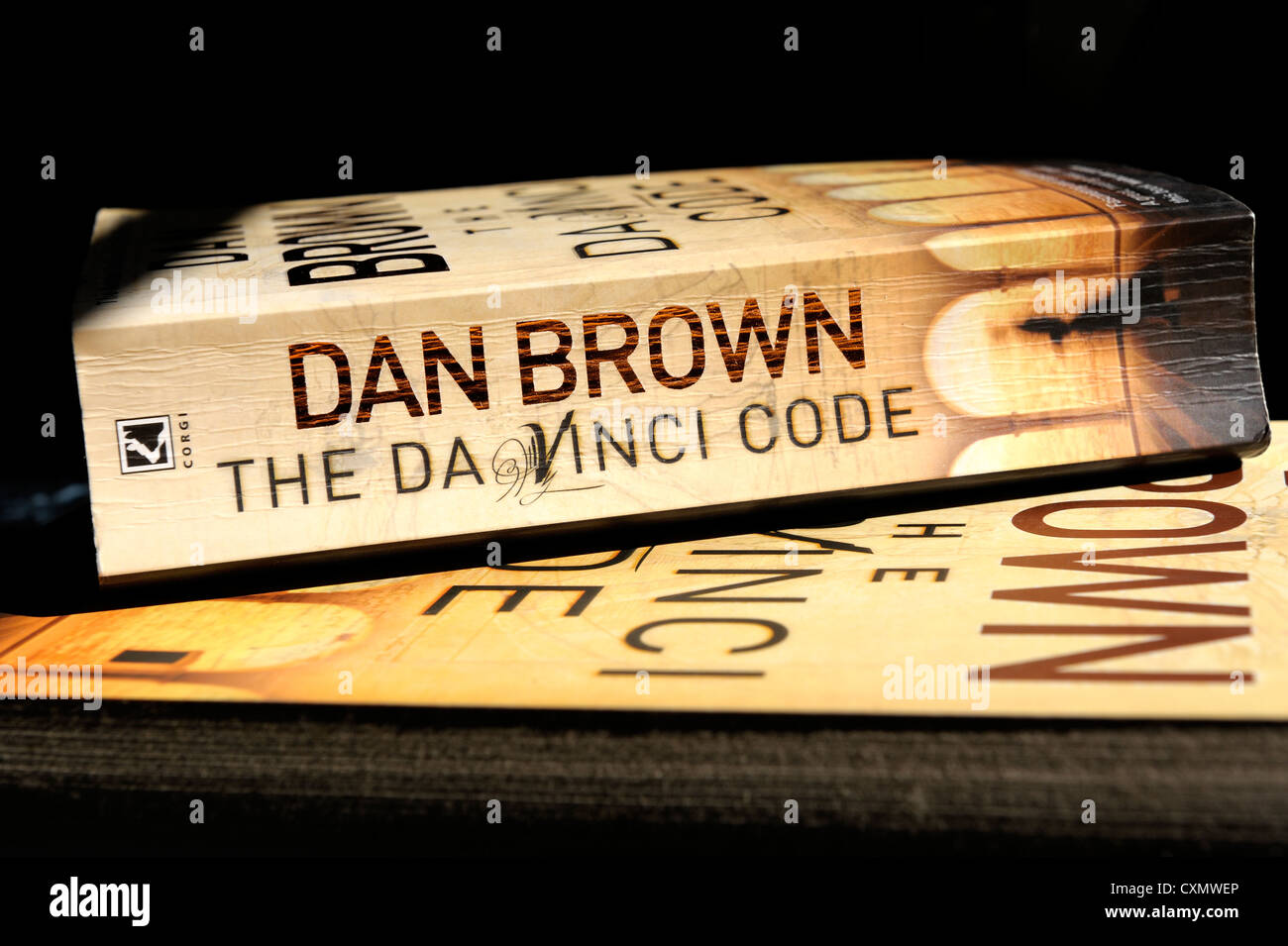

Two of the few books to compete in the paperback market both benefited from the word of mouth marketing which contributed to the Da Vinci Code's success. We are certain to be inundated with lesser versions of the books in 2005. Angels & Demons, Digital Fortress, Deception Point which remained in the two, three and four spots for most of the second half of the year, both here and in the UK. In the main, this interest was in Dan Brown's other books. Suddenly, those lost to the habit of reading were back in the bookshops, looking for more of the same. Its popularity has slowly dragged the book upmarket, turning the book from pretty formulaic pulp fiction to a book of literature, required reading for those who wouldn't normally bother. The Da Vinci Code is now nearing 16 million copies in print (it gets hazy after a while, but ranks somewhere between The Firm and The Bible.) People debated it, derided it, debunked it but bought it in unprecedented numbers, keeping it at No.1 in the book charts for most of the year. You know how huge a book has become when you notice a rise in the "millions in print" number on the cover. Released in February 2003, it would be difficult to describe The Da Vinci Code as anything other than the book of 2004. In a year with few heavy hitters or instant classics, one book ruled all. Ronan Browne looks back at fiction from 2004 In a year that the heavy-hitters didn't quite deliver, Dan Brown's much derided and debunked thriller ruled.


 0 kommentar(er)
0 kommentar(er)
